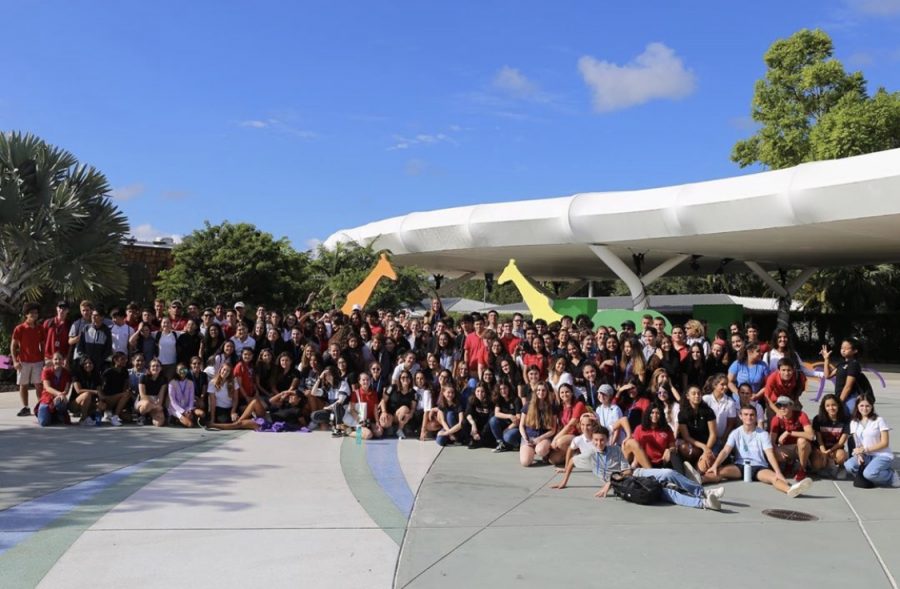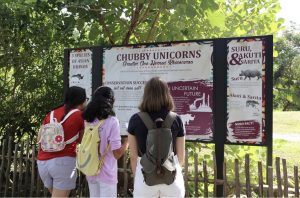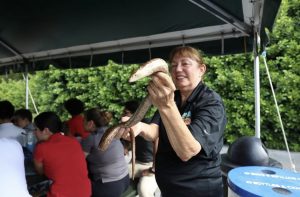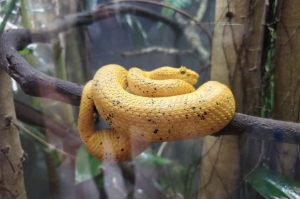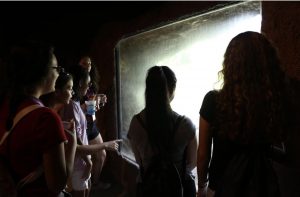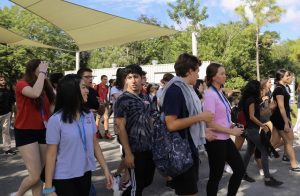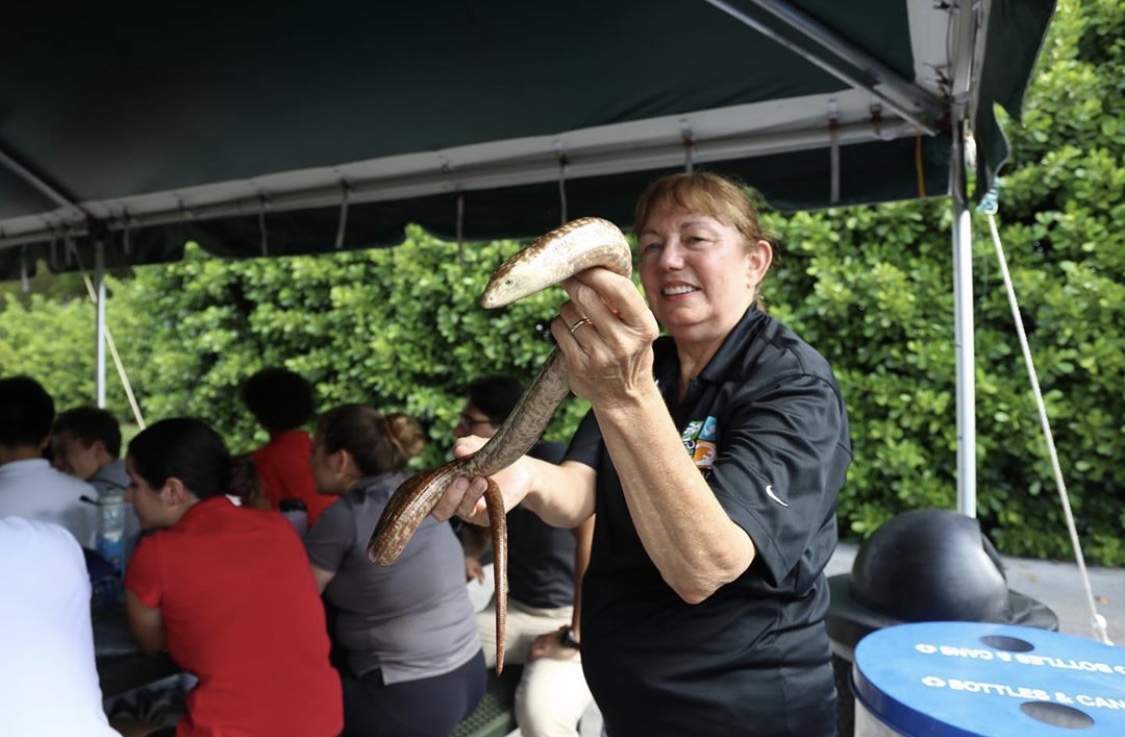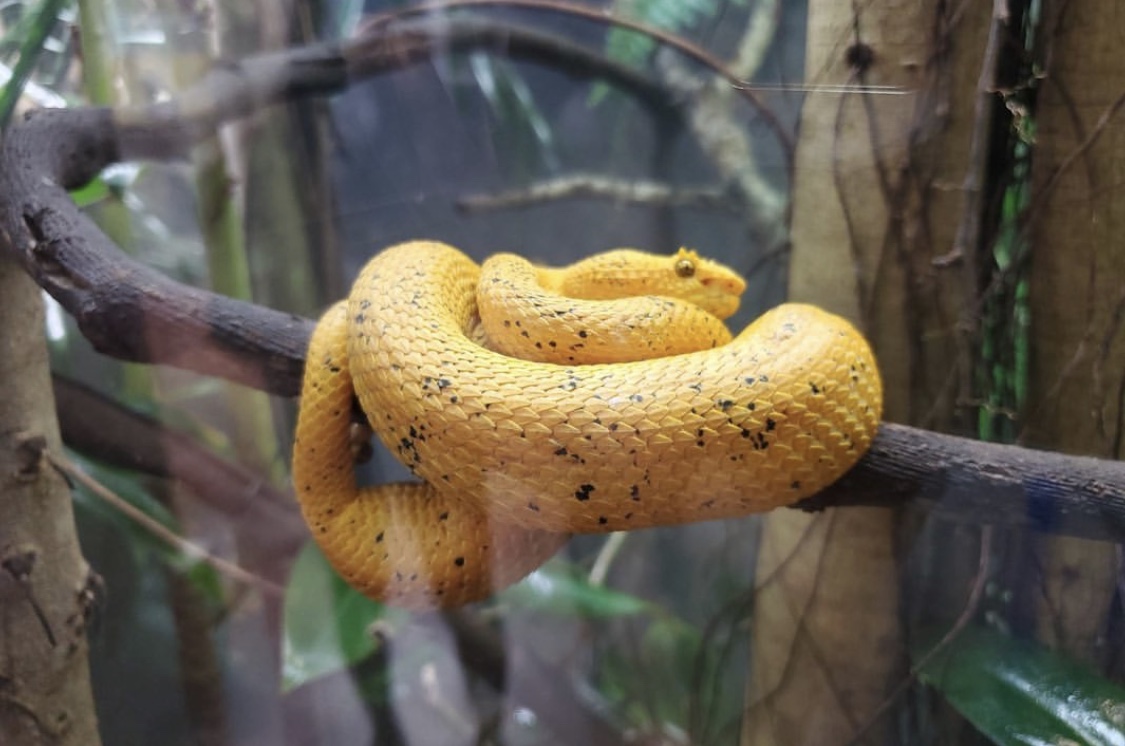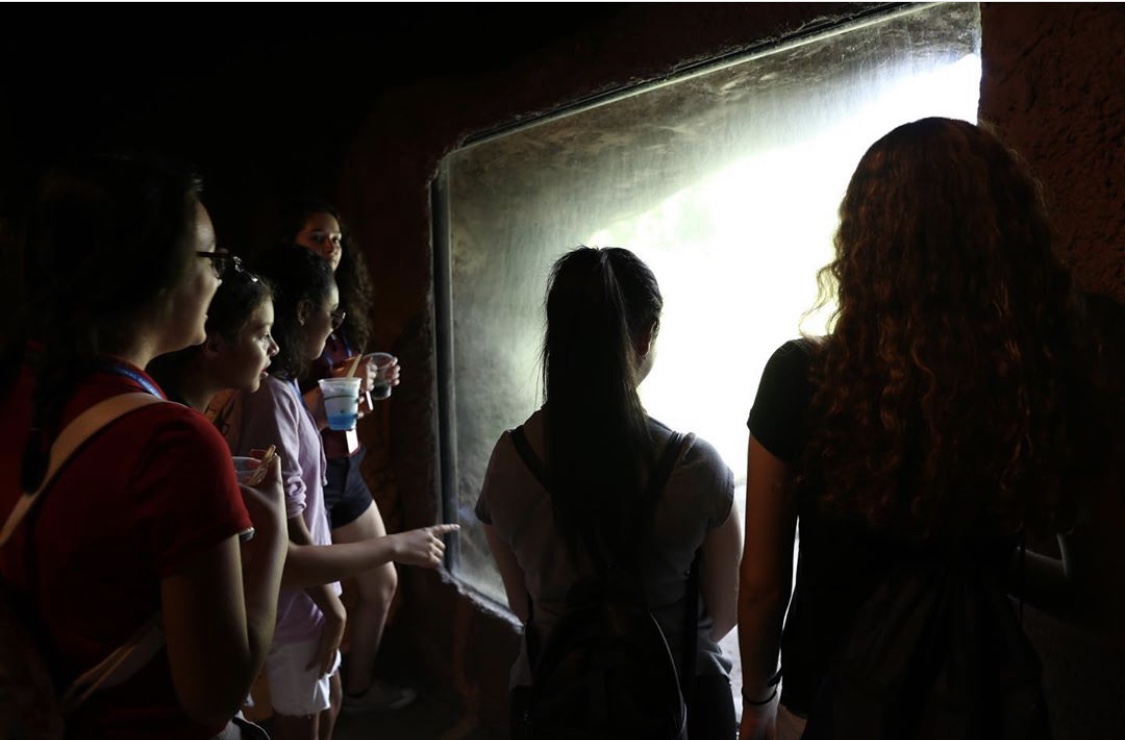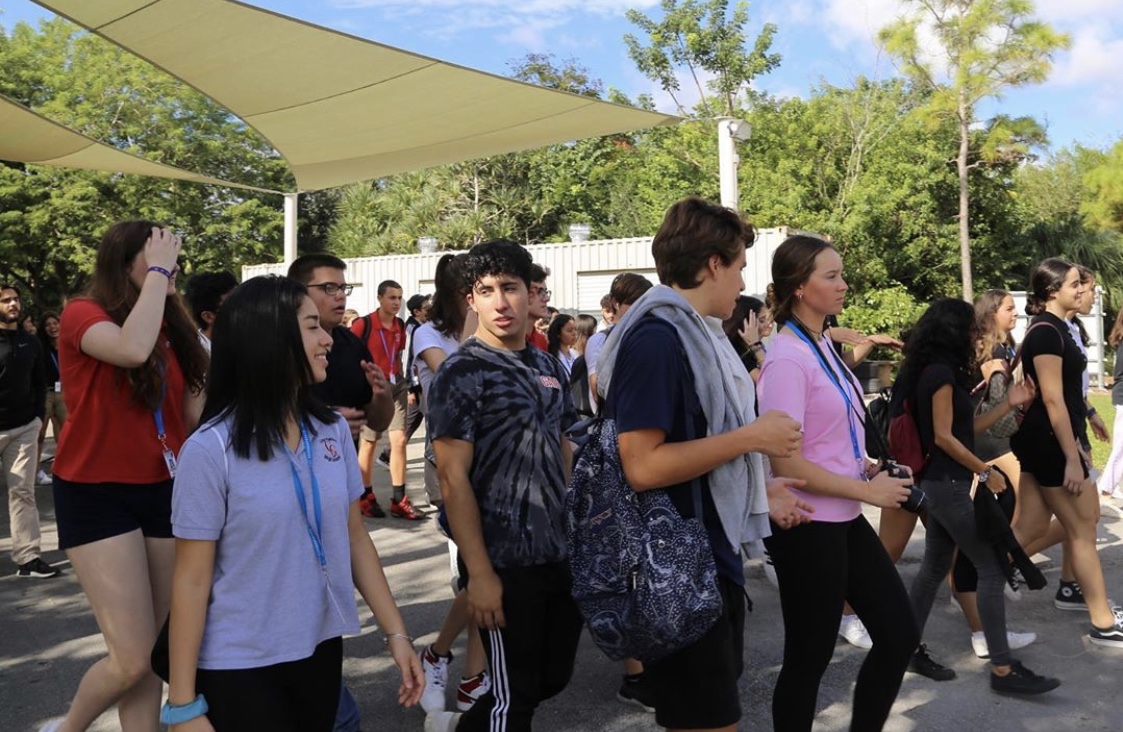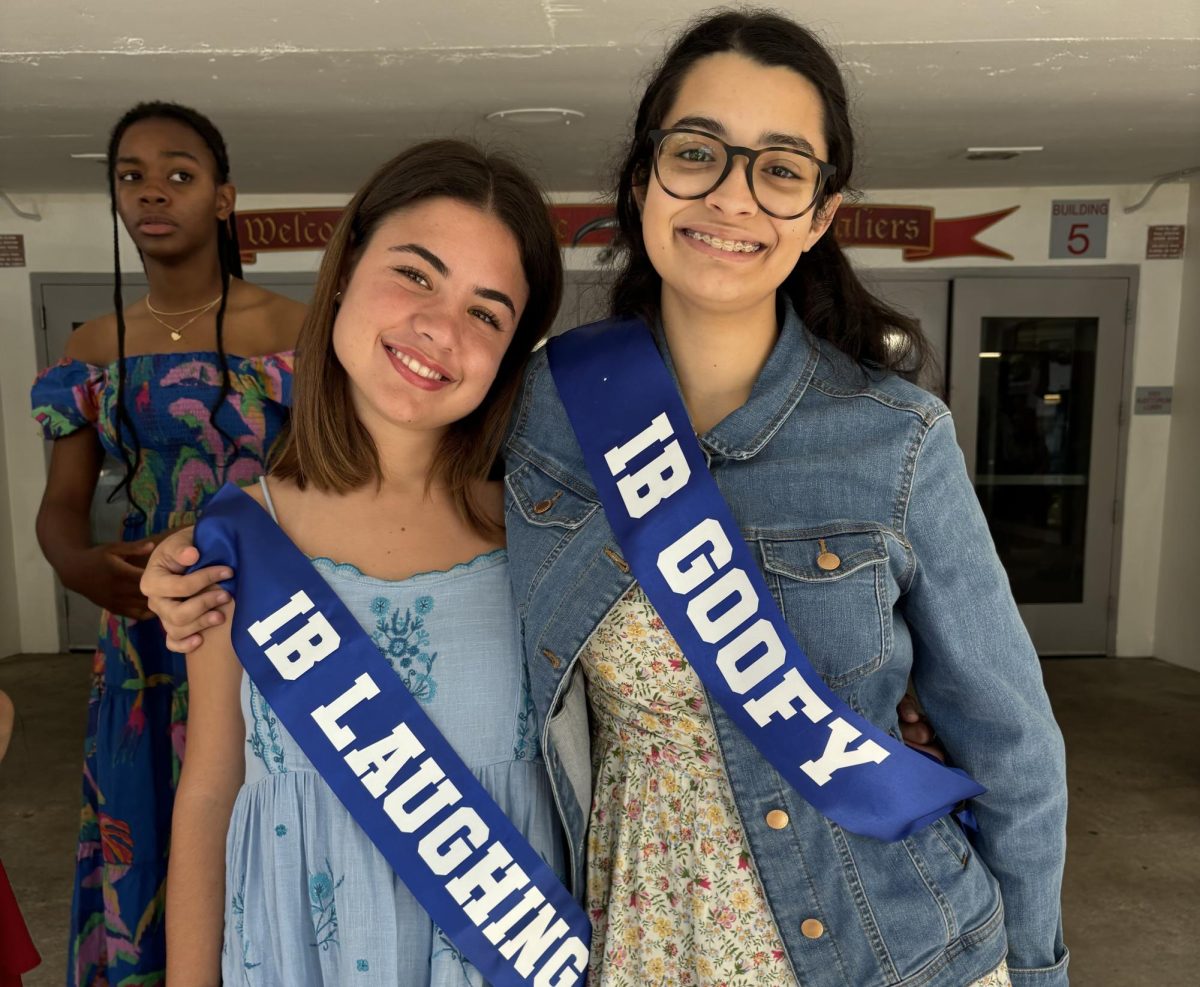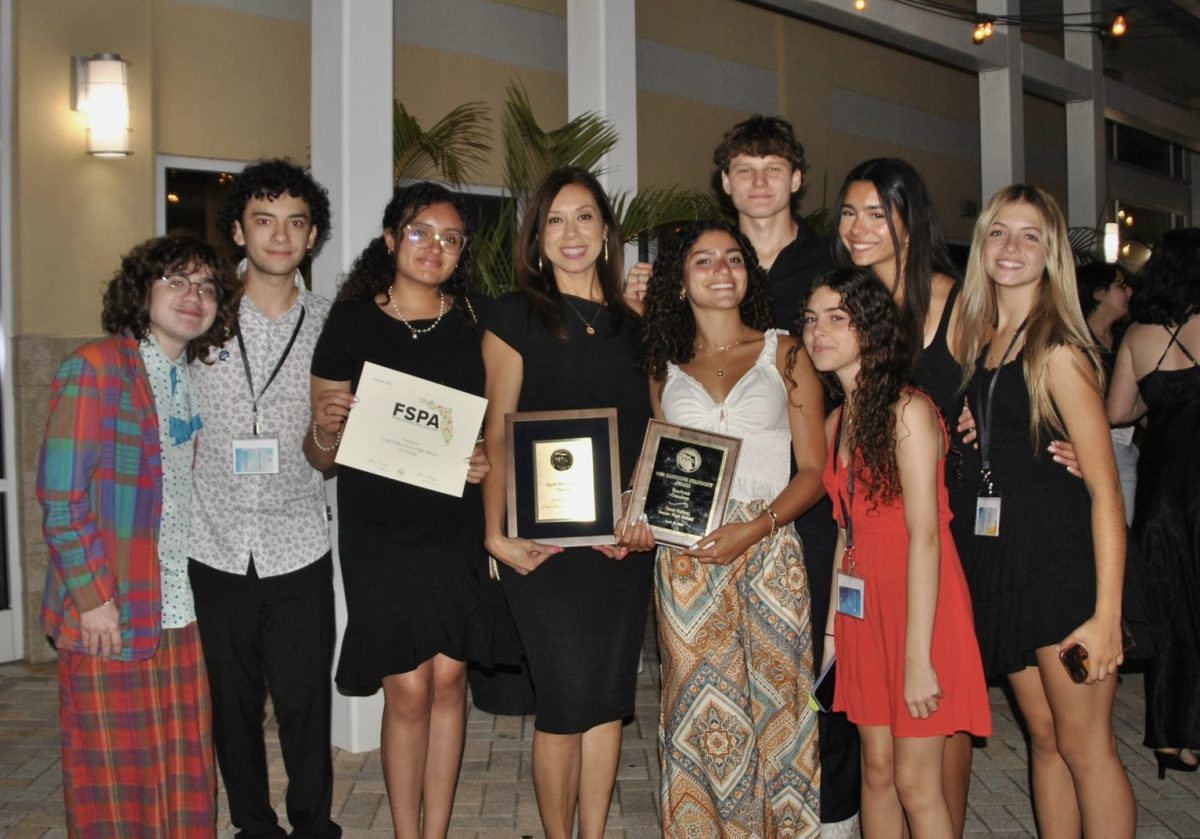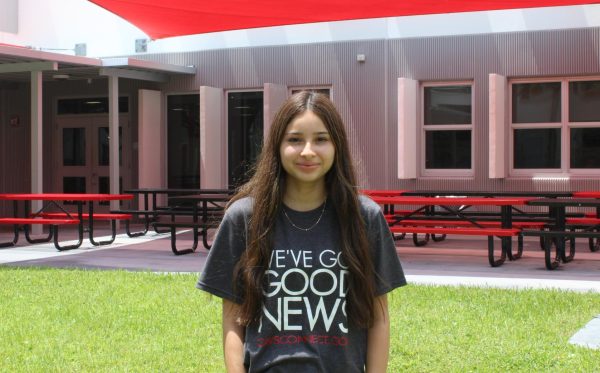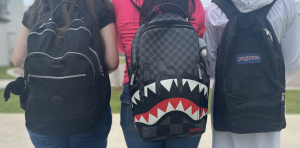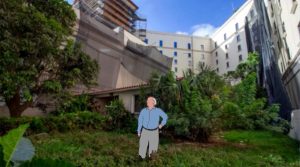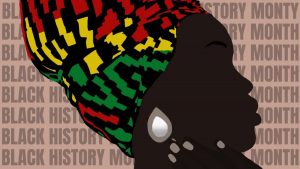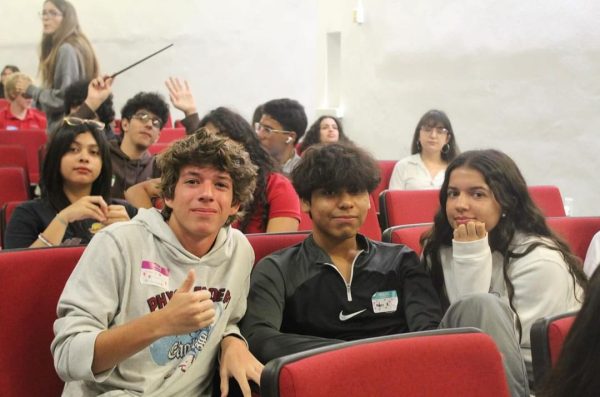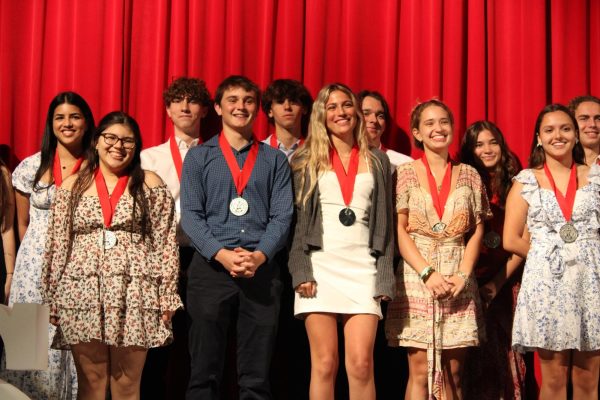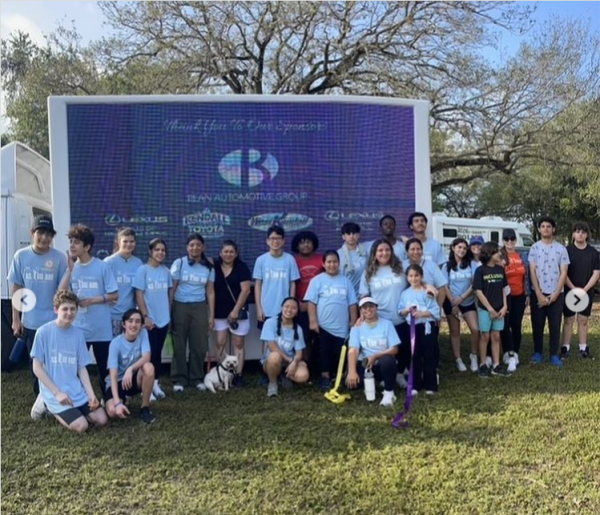IB Group 4: Allowing Students to Learn Beyond the Classroom
Students taking a first-year course of an International Baccalaureate science were taken to Zoo Miami in order to complete their Group Four project which consisted of selecting an animal and creating a presentation on it.
Oct 20, 2019
This past Tuesday, Oct. 15, over 200 International Baccalaureate students and their teacher chaperones filled a total of five buses as they made their way to an exciting day at Zoo Miami to observe animals for their annual Group 4 project.
In past years, all students enrolled in their first year of an International Baccalaureate (IB) science course were required to complete a Group 4 project. This tedious assignment consisted of conducting a lab experiment and then analyze and describe the findings presented by the data collected.
After realizing that students were not enjoying or grasping the importance of this project, science teachers Mrs. Kiely and Mr.Molina decided that the standard Group 4 project needed to be changed to provide students with a more fulfilling and interactive learning experience.
Ultimately this led to the decision of going to Zoo Miami, where IB sophomores and juniors were to select an animal of their choice to observe, photograph, and later research.Then, they would have nine days to create a presentation that creatively displayed the answers to questions regarding the species’ evolution, habitats and threats in the natural world.
“I thought that the Group 4 field trip to the Miami Zoo was a good experience because it allowed us IB students to get out of the classroom setting and collaborate with our peers in order to learn more about our sciences,” junior Natalie Falls said.
Once everyone arrived at the destination, students were quickly escorted to the main entrance where they received information on show and departure times before going out on their own to explore the zoo.
The zoo quickly filled up with a plethora of eager students who explored the different areas of the facility – Asia, Africa, Australia and the Amazons – in efforts of finding a specific animal that they wanted to study in-depth for the remainder of the project.
In efforts of providing students with all the necessary resources to effectively complete this presentation, everyone was to attend a thirty-minute presentation where a series of animals were going to be demonstrated and talked about.
This “Creature Feature” demonstration provided a hands-on learning experience as everyone was allowed to touch animals such as turtles, snakes, and hedgehogs; all of which were discussed in detail by one of the presenters.
After concluding the “Creature Feature” special, everyone wrapped up any missing information needed for their projects and went to grab lunch before heading back to school for the day.
“The Creature Feature presentation was extremely interesting to me; in a classroom, I would not have been allowed to familiarize myself with the five animals the way the discussion and hands-on activity allowed me to do so,” junior Angela Valdivia said.
After collecting all the data at the zoo, students are expected to go home and create a presentation on Microsoft Sway in which they must provide varying information on the selected animal depending on their IB science: biology, chemistry or physics.
This unique approach to the Group 4 project is sure to keep students engaged and excited throughout the duration of the assignment, which in the past was dreaded by many IB students. After such a successful trip, the science department hopes to continue this field trip opportunity for students in years to come.


